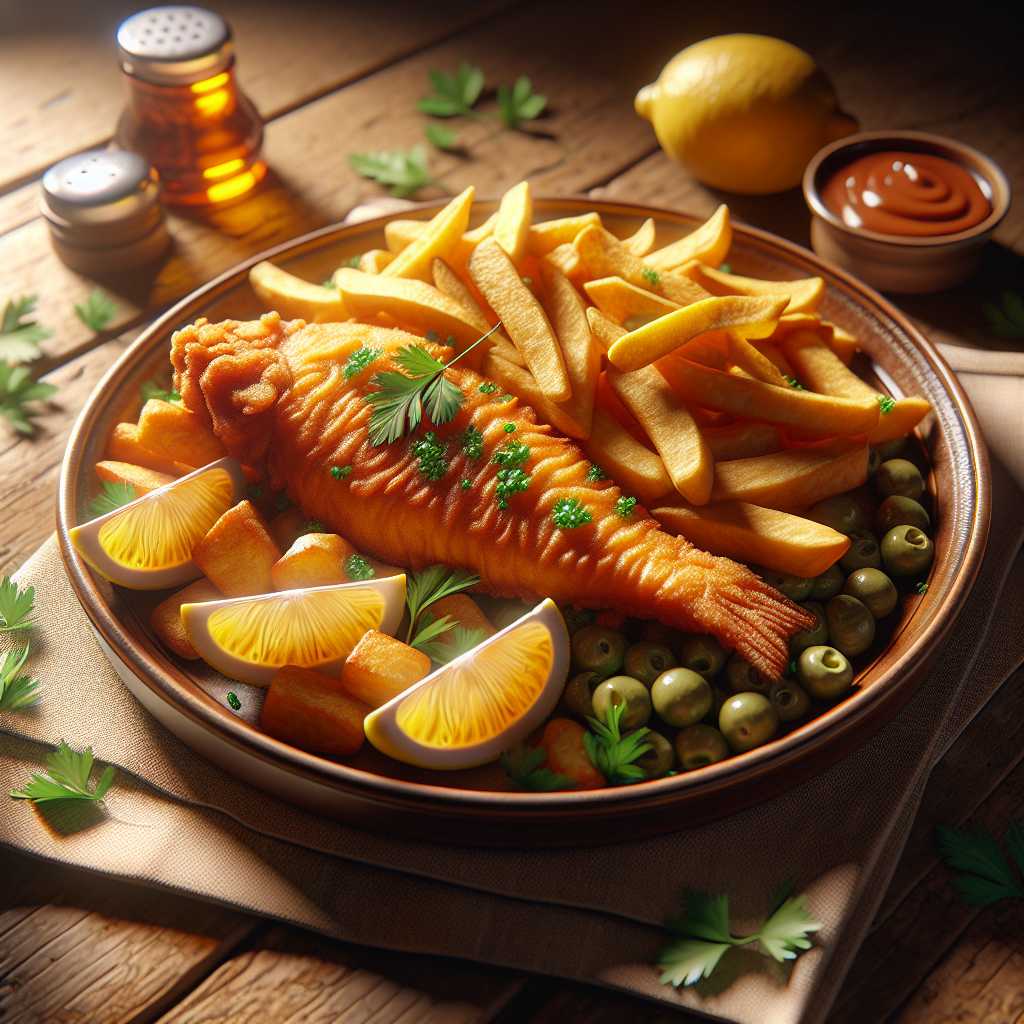Historical Background
Fish and chips originated in the United Kingdom in the 19th century, combining fried fish, typically cod or haddock, with deep-fried potatoes. The dish quickly became a symbol of British cuisine, especially during World War II when it provided an affordable source of protein.
Culinary Preparation
The traditional preparation involves coating fish in a batter made from flour, water, and sometimes beer before frying. The chips are made from thick-cut potatoes and are usually fried until golden brown. Accompaniments often include malt vinegar and tartar sauce.
Cultural Impact
Fish and chips have transcended mere sustenance to become a cultural icon in the UK. Establishments known as ‘chippies’ are prevalent across the country, serving as communal dining spots that reflect local traditions and values.
Nutritional Aspects
While fish provides essential omega-3 fatty acids, the dish’s nutritional value can be diminished due to frying. Efforts to modernize recipes include baking or grilling fish and utilizing healthier cooking oils.
Global Adaptations
Fish and chips have influenced various global cuisines, leading to adaptations such as tempura fish in Japan and fish tacos in Mexico. These variations reflect local ingredients and cooking styles while maintaining the dish’s essence.
Notes
- Originated in the UK during the 19th century.
- Became popular during World War II as an affordable meal.
- Fish provides omega-3 fatty acids but frying can reduce nutritional value.
- Chippies are common dining establishments throughout the UK.
- Global variations include tempura fish in Japan and fish tacos in Mexico.

